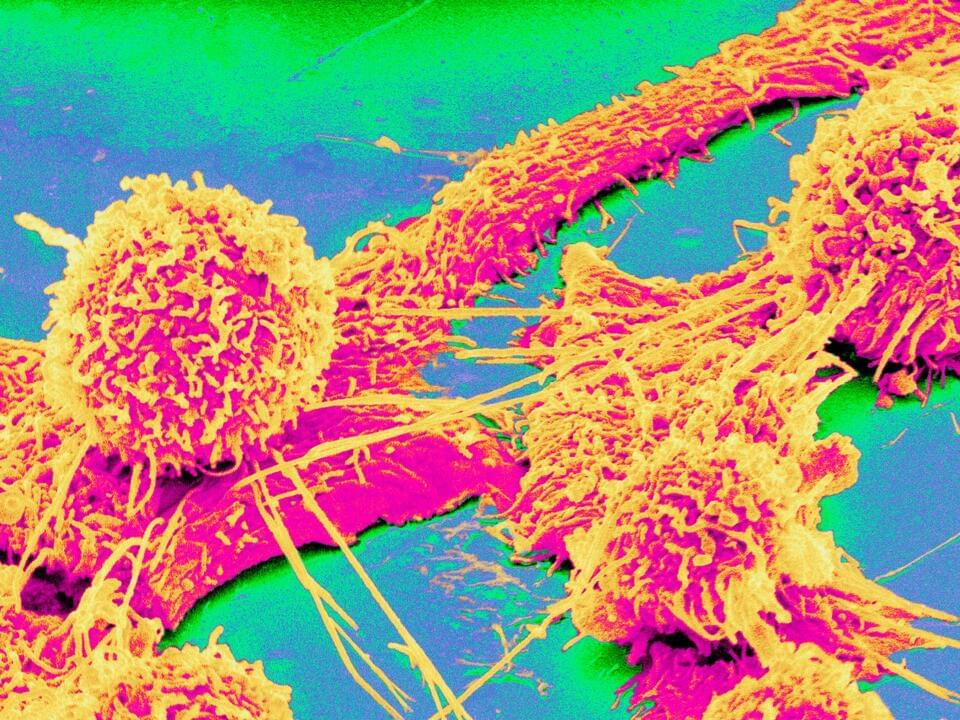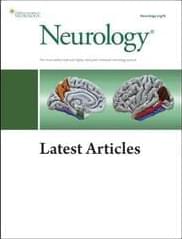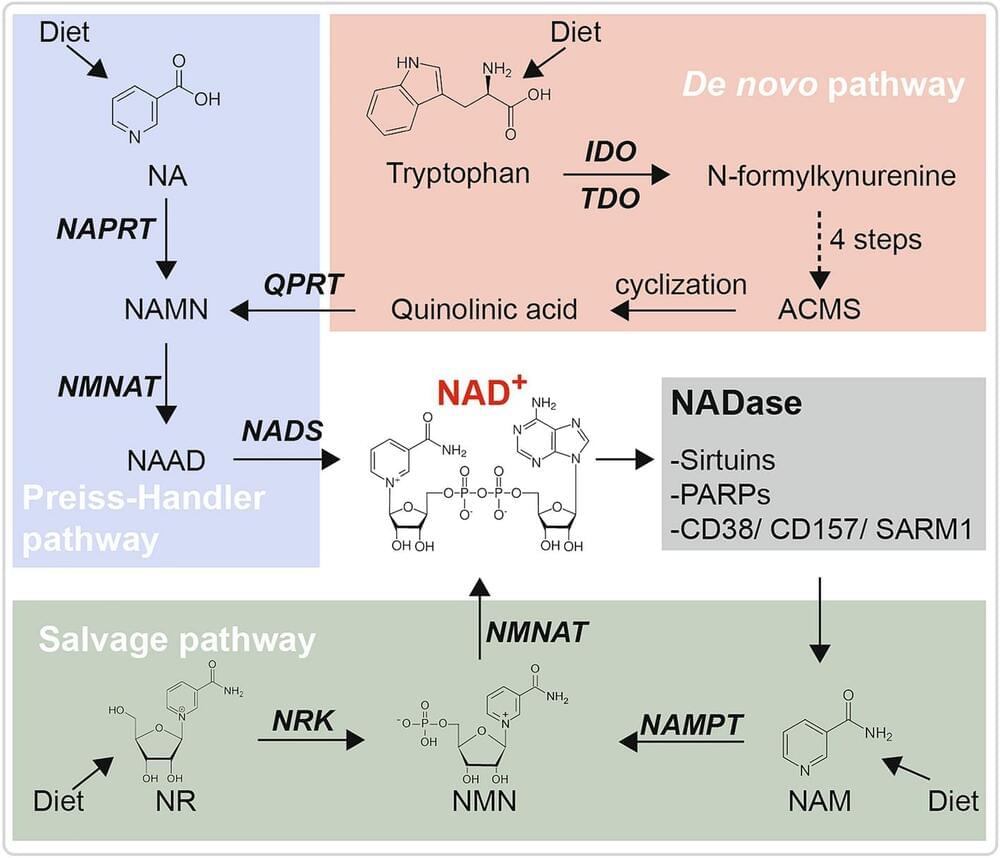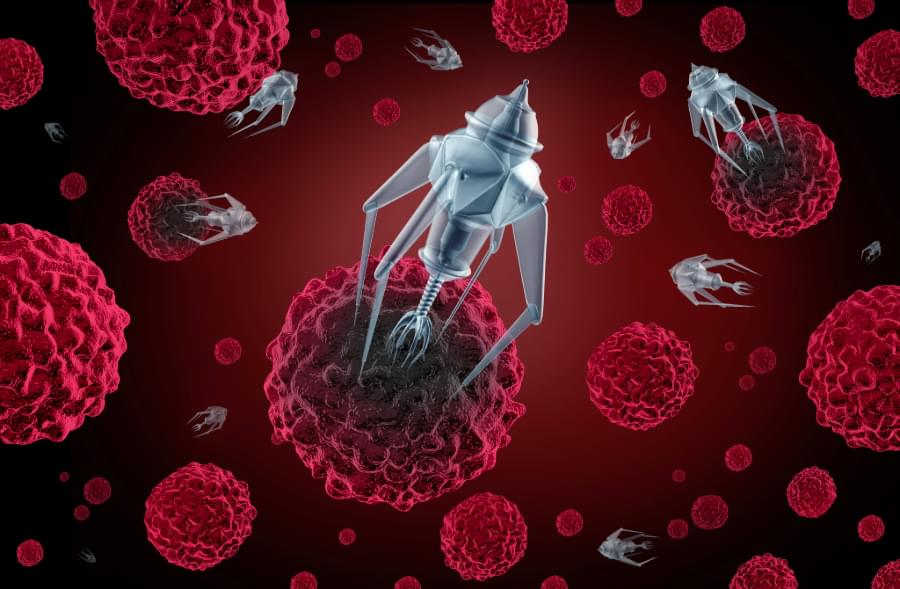Sep 1, 2024
Mitochondria Dump DNA in The Brain, Potentially Cutting Years Off Our Lives
Posted by Genevieve Klien in categories: biotech/medical, chemistry, neuroscience, nuclear energy
Scraps of DNA discarded by our neurons’ power units are being absorbed into our nuclear genome far more frequently than assumed, potentially putting our brains at greater risk of developing life-threatening conditions.
An investigation by a team of researchers led by Columbia University in the US has found individuals with higher numbers of nuclear mitochondrial insertions – or NUMTs (pronounced new-mites) – in their brain cells are more likely to die earlier than those with fewer DNA transfers.
Continue reading “Mitochondria Dump DNA in The Brain, Potentially Cutting Years Off Our Lives” »


















